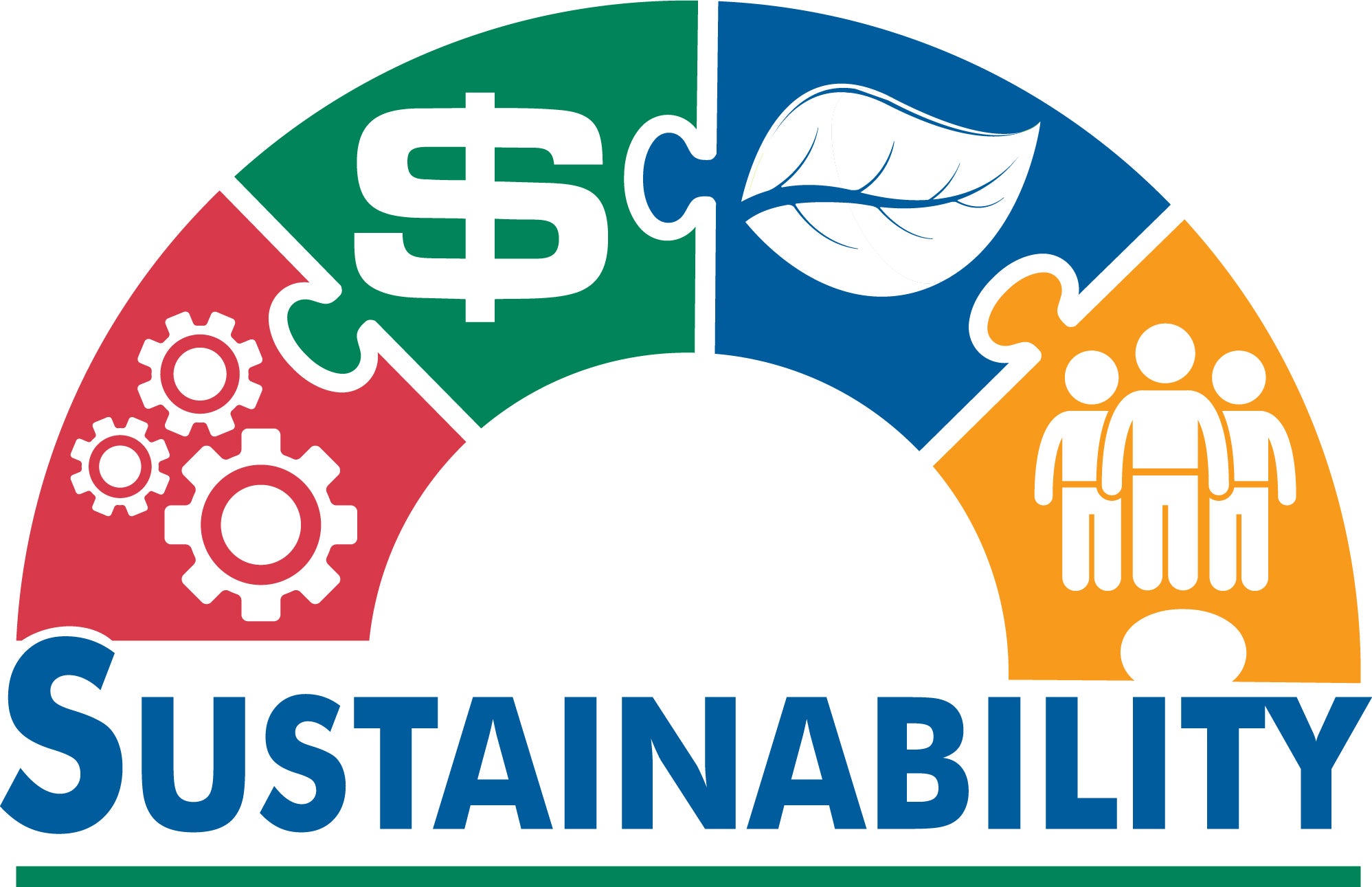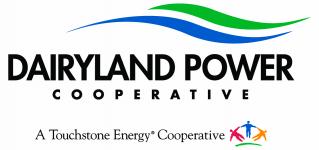Enabling a Smarter, More Sustainable Grid
Load management encompasses each of Dairyland's four pieces of Sustainability: Financial, Environmental, Social and Technology. Through evolving technology, consumer-members are able to make a difference to help keep power costs stable for Dairyland and their local electric cooperative by using less electricity at the times when it is in high demand (and, therefore, most expensive).
DERMS |
|---|
|
Modernization of the current load management system used by Dairyland and its member cooperatives may include the implementation of a Distributed Energy Resource Management System (DERMS). DERMS includes energy-producing resources, such as solar arrays or wind generation. The system would allow a cooperative to control the flow of energy onto the grid from these resources or use batteries to provide, or absorb, power during times of high electricity demand or production. To learn more about DERMS, view this video. |
Helping Your Wallet 
The Electric$ense Load Management program helps balance the demand for electricity with the availability of generation, and the ability to economically purchase electricity. Dairyland and its member cooperatives save money by reducing the need to purchase expensive power during periods of high electricity demand. These savings are passed on to members through special incentives and stable rates.
Helping The Planet
As system-wide energy consumption grows (typically 1% to 2% annually), Dairyland pursues ways to accommodate growth by leveraging sustainable systems and technologies, such as energy management.
Load management puts electricity conservation to work through active management of residential, agricultural, and commercial and industrial loads. This can improve grid sustainability by better aligning electricity needs to the availability of intermittent renewable resources, such as wind and solar. Additionally, system-wide peak demands are reduced, which reduces the overall need for generation infrastructure.
Temperature extremes can create an enormous amount of demand on the energy system, resulting from increased air conditioner use in the summer and heating in the winter. Dairyland estimates activating the Load Management system can reduce demand for electricity by approximately 80 megawatts (MW) in the summer and 140 MW in the winter - the equivalent size of a small power plant. Consumer-members can provide additional help on hot, summer days by voluntarily shifting any flexible use of electric appliances and electronics to earlier or later in the day (before 11 a.m. or after 7 p.m.) to reduce peak energy use.
How It Works
Through the Electric$ense Load Management program, certain devices are turned off, cycled or otherwise modulated during periods of high electricity prices, peak demand or constrained energy supply. Peak hours typically occur between 2 p.m. and 6 p.m. during the summer, and 6:55 a.m. to 11 a.m. or 4:55 p.m. to 8 p.m. in the winter. The load management program is designed to accommodate many load types. Examples based on their category of service:
- Residential: air conditioners, heat pumps, electric heating systems, electric vehicles;
- Agricultural: irrigation pumps, grain drying systems, dairy electric water heaters;
- Commercial & Industrial: Varies, but devices are usually managed with standby generation or self-directed load reductions.
Each strategy is time-limited and full automation is utilized whenever possible to ensure a balance of comfort and convenience for participating members. Coordinated strategies that leverage the energy storage capacity of hot water systems, or the availability of backup heat systems, allow most residential members to experience a seamless shift.
Dairyland’s member cooperatives offer the Electric$ense Load Management program to their members. Incentives may be offered to residential and business consumer-members who participate in the program. Contact your local electric cooperative to learn about how you can participate.
